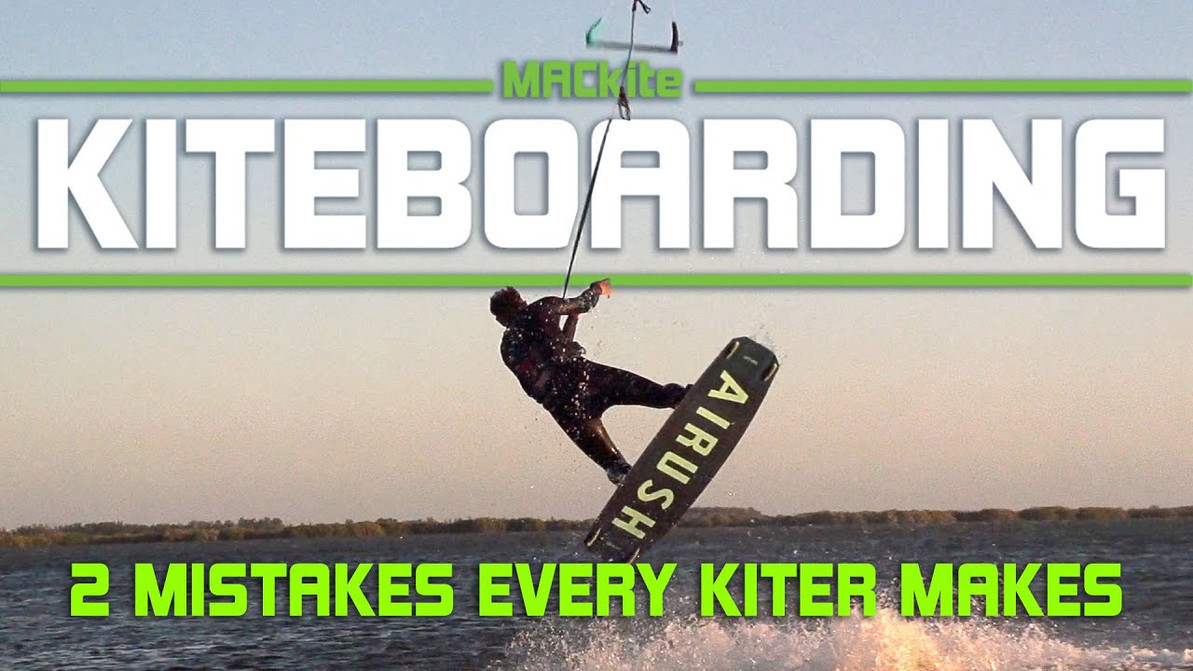Two Mistakes Every Kiteboarder Makes
Mistake One
With social media on the rise, I've noticed a lot of misinformation being circulated in kite groups, especially when a new rider asks questions. The most common myths I've seen in this arena are that kiteboarding is 90% learning the kite and 10% the board, or that skills from other sports like wakeboarding or surfing do not matter.
While these statements are not entirely wrong, they're out of context. Even I've told students that kite control needs to come first. When you are a rank beginner, you have a long road of mastering the kite, but board skills do cross over and bring many more benefits than the community gives credit for. In my opinion, this mindset actually holds many kiteboarders and kitesurfers back.
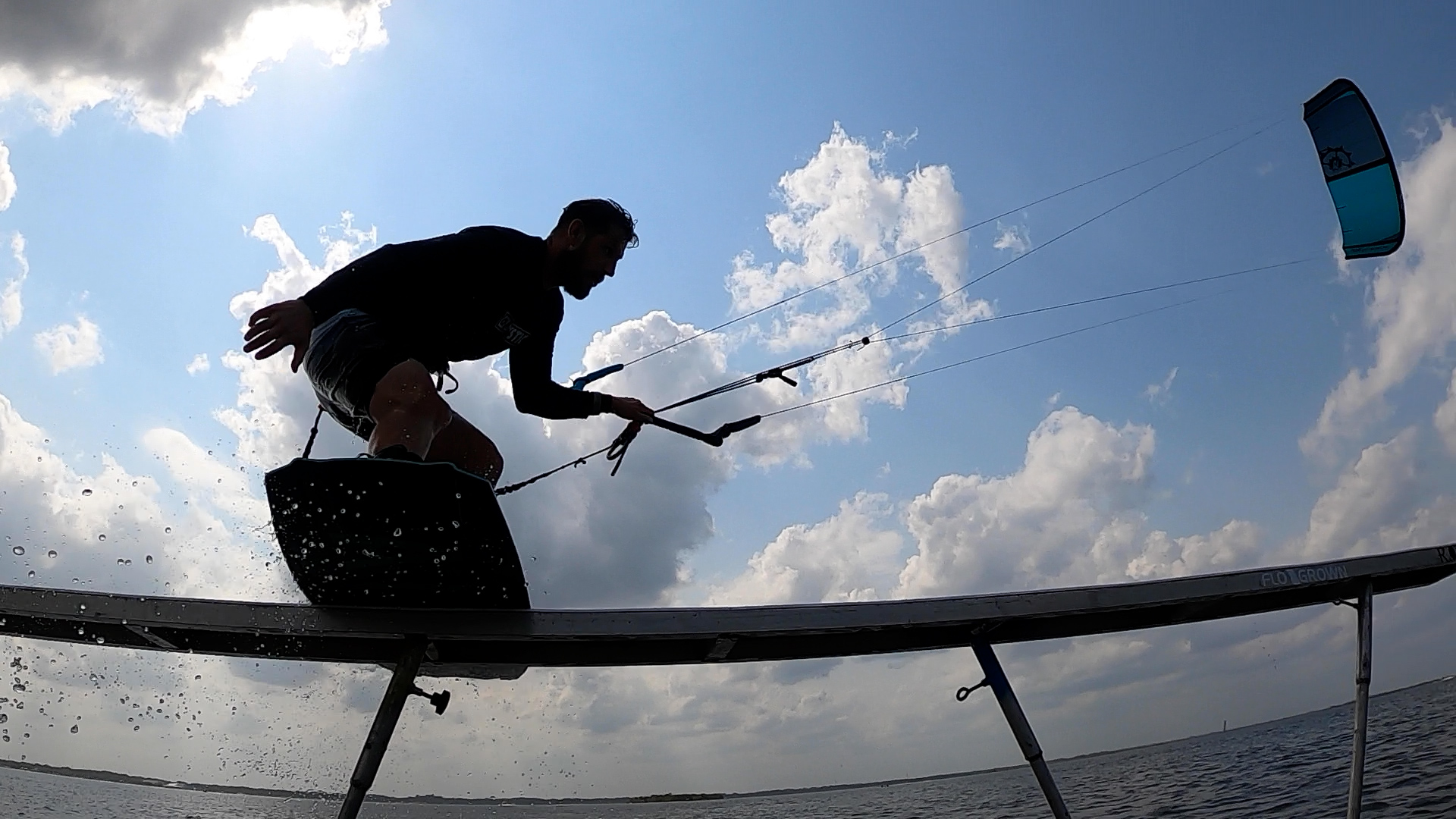
Kiteboarding is 50% kite skill and 50% board skill, though this ratio can change depending on your discipline. For example, big air might be 60% kite, 40% board. Those riders are doing kiteloops and lots of kite-based moves. They still need to know how to land with power, how to properly generate speed, or load and edge. Many do advanced board techniques like hopping into a pop to explode into the air. Board skills are still imperative here.
For freestyle, wakestyle and parkstyle, the ratio is more like 60% board and 40% kite. These riders are doing tricks borrowed from other sports. For example, I have taught professional wakeboarders- four hours of kite training and they were able to do inverted handlepass tricks. (Granted, that was a bit of luck as a wave kicker was right there the first tack out. The rider landed but backstalled the kite and was unable to relaunch.)
My point is, his board skills crossed over and he was doing tricks only 1% of pro kiteboarders can do, and with only 4 hours of kite time. The sports have massive crossover here. The same applies to rails. I know a few snowboarders, including our own Tye Kowalski, who crossed over and were advanced level kiteboarders within a year of learning to fly.
For surf, learning or knowing how to surf a real surfboard will put you leagues ahead of other kiters. I see many riders who go out in waves but don't know how to find the good sections or will use their kite power instead of allowing the wave to push their board. A truly advanced kitesurfer has a good balance between the two disciplines.
Check out this video of Alexander Lewis-Hughes bridging the two sports. He actually practices the lost art of unhooked wave riding as well. You can see it looks more like real surfing when the rider is not locked in on theharness.
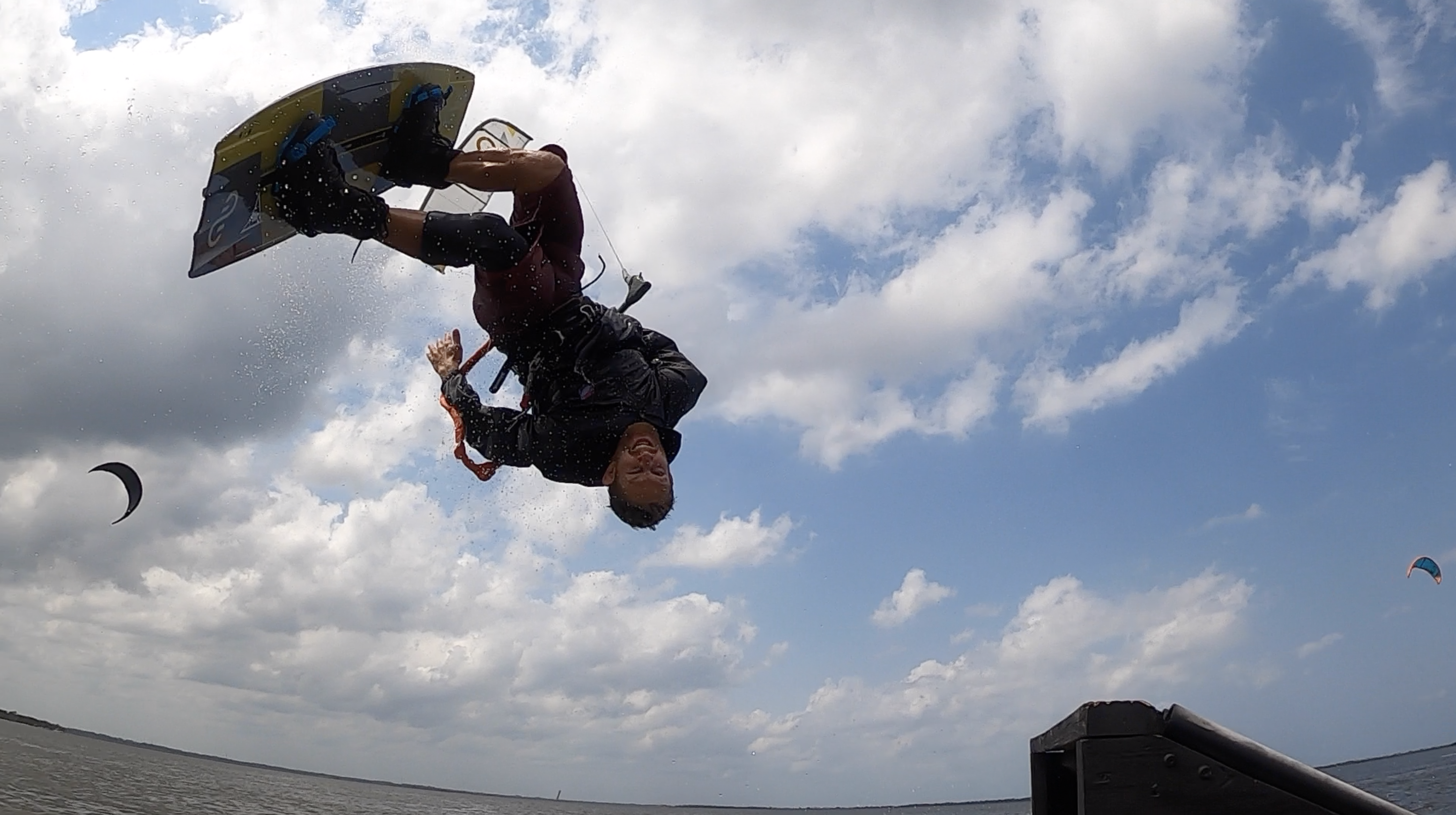
Mistake Two
Many kiteboarders know kitesurfing is a lifestyle and a hobby. Many seem to forget it's also a sport. If you're a weekend warrior who just wants to have fun, this doesn't matter. If you are hungry to progress, this is a factor to consider. Fitness and cross-training are a must.
Fitness will impact your time on the water and how productive that time is more than any other factor. Cardio, strength and endurance are essential. Try running a few times a week and you'll find you sleep better, have more energy during the day, and activities that once drained you now give you more energy!
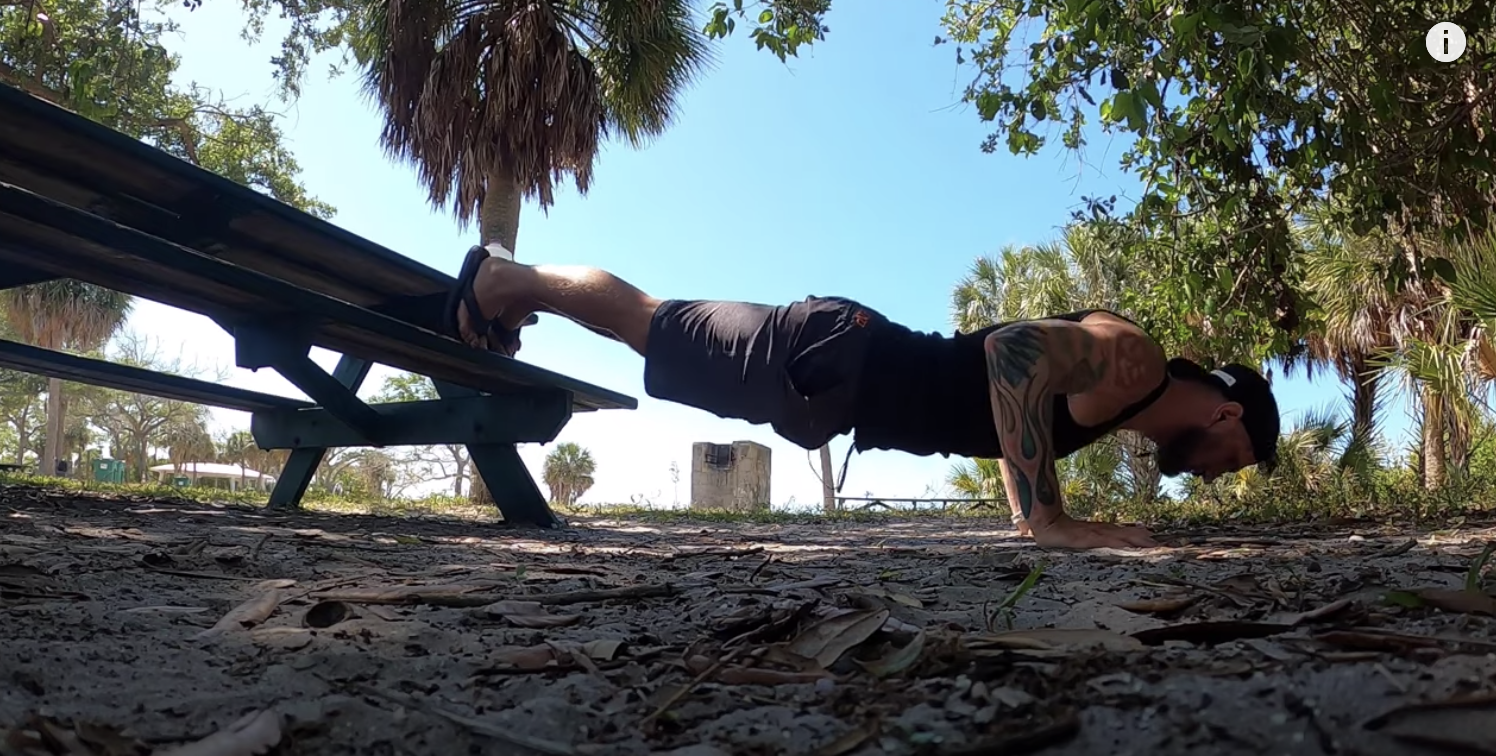
Imagine being charged up before, during and after a session. Strength is a factor too. The stronger you are, the more injury-resistant you will be and the easier tricks become. My take is to find a program you like and stick to it. Focus on improving strength over time and it will pay off in droves on the water. Personally, I find calisthenics to cross over the best as you are improving strength by moving your body though space just like kiteboarding. This means push-ups, pull-ups, dips, inverted rows, body weight squats, Bulgarian split squats and pistols. A full body workout three times a week will yield great results and directly cross over.
Tying back into the first mistake, I encourage you to cross train your favorite discipline. Part of mastery is something called deliberate practice. For this you need to get repetition on the moves you're learning. If you want to improve your wave riding, take up surfing and you'll get cardio and far more wave sessions.
If you want to improve freestyle, practice air tricks at a cable park. IMAGINE trying that blind judge 3 days a week, opposed to once a week or two when the wind plays nice.
For big air, there is not much you can do to cross train, but kite loops do take core strength and good spacial awareness. Training your fitness will help monumentally here- even if you're just feeling good and charged up for the next session!
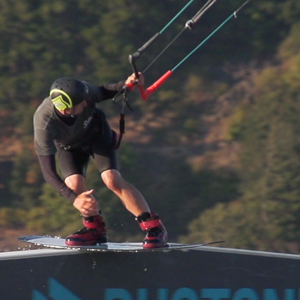 Ryan (Rygo) Goloversic
Ryan (Rygo) Goloversic
Many people dream of quitting their job, traveling the world and pursuing their passions. Rygo is one of those people who pulled the trigger. A few years into his career, he decided to change everything and travel as a kiteboarder, freelance videographer & writer. His mission is to share the stoke & help people put the boarding into their kiteboarding. Get outside and kite!
Producer of: Ride with Blake I Sessions I Versus I Destinations I Foil Fridays
Recent Posts
-
Foil Drive | Essential Tips to Supercharge Your First Session
The Foil Drive makes your foiling life easier. You'll get up easier and catch more waves, …17th Apr 2024 -
2024 Duotone Slick Wing Review | What's New in This Year's Model?
The Duotone Slick has been a favorite of many for several years. Pros love it for its speed, …15th Apr 2024 -
Lightwind Kiteboarding in Key West with Kristen and RyGo | MACkite x Airush
Kristen and Rygo are headed down to Key West in the RV, where they'll hook up with the cr …15th Apr 2024

